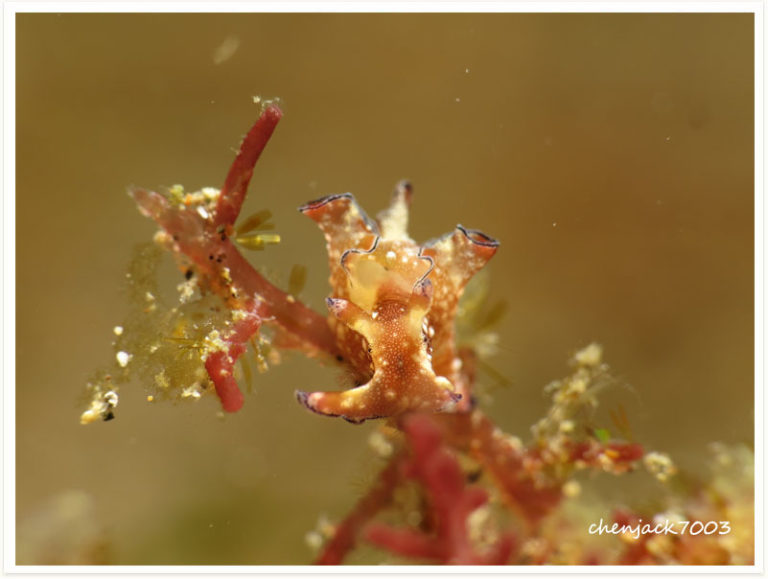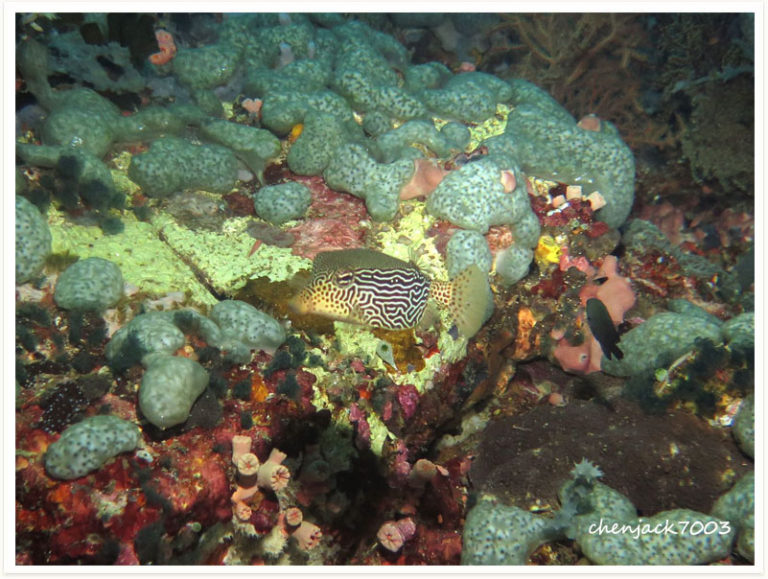未知
Aplysia nigrocincta is probably the smallest species of Genus Aplysia in the Philippines, reaching a maximium length of about 6 cm. It’s colour is very variable, mottled red-brown, green or black, the large parapodial flaps have a black and/or a whitish/cream edge.


